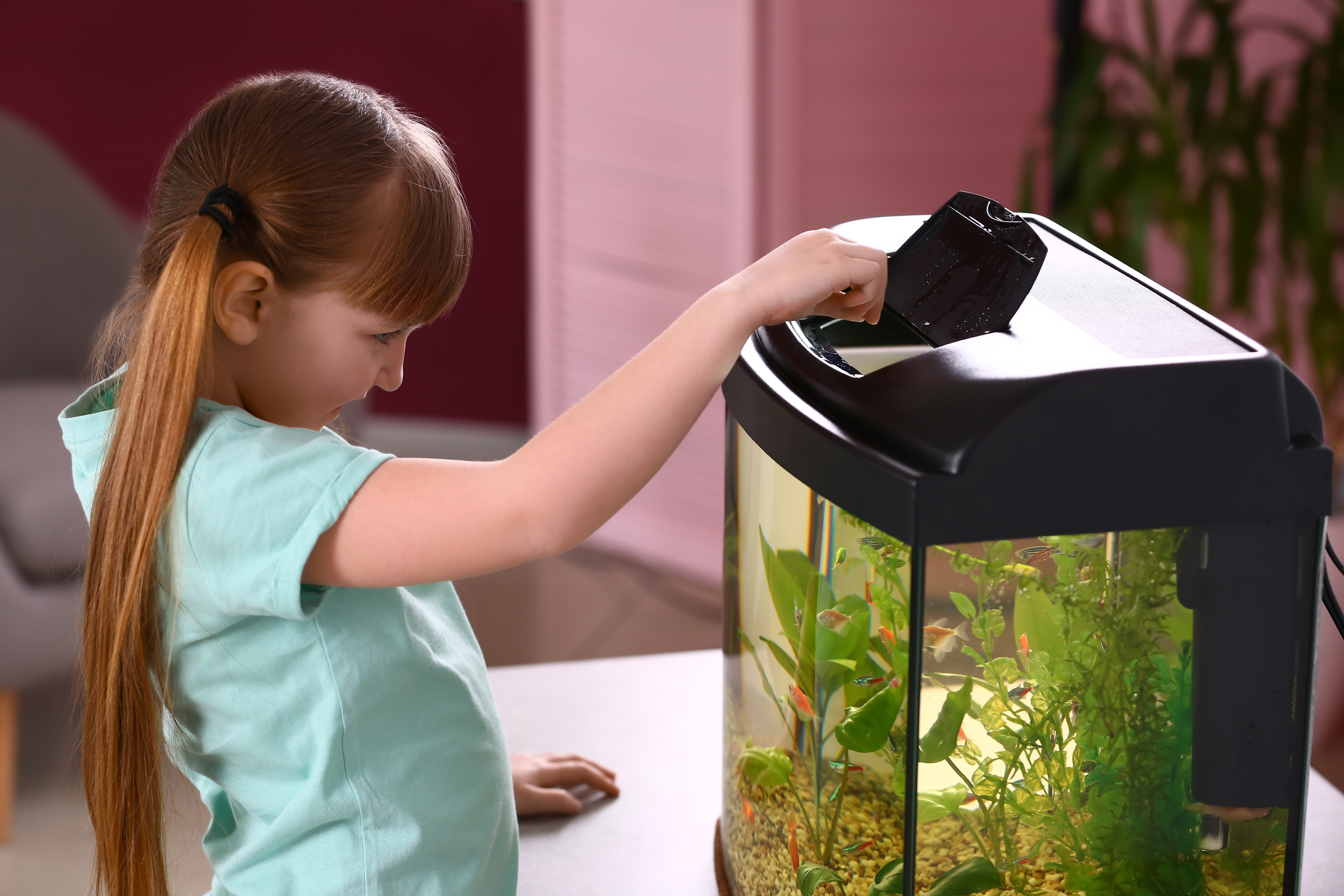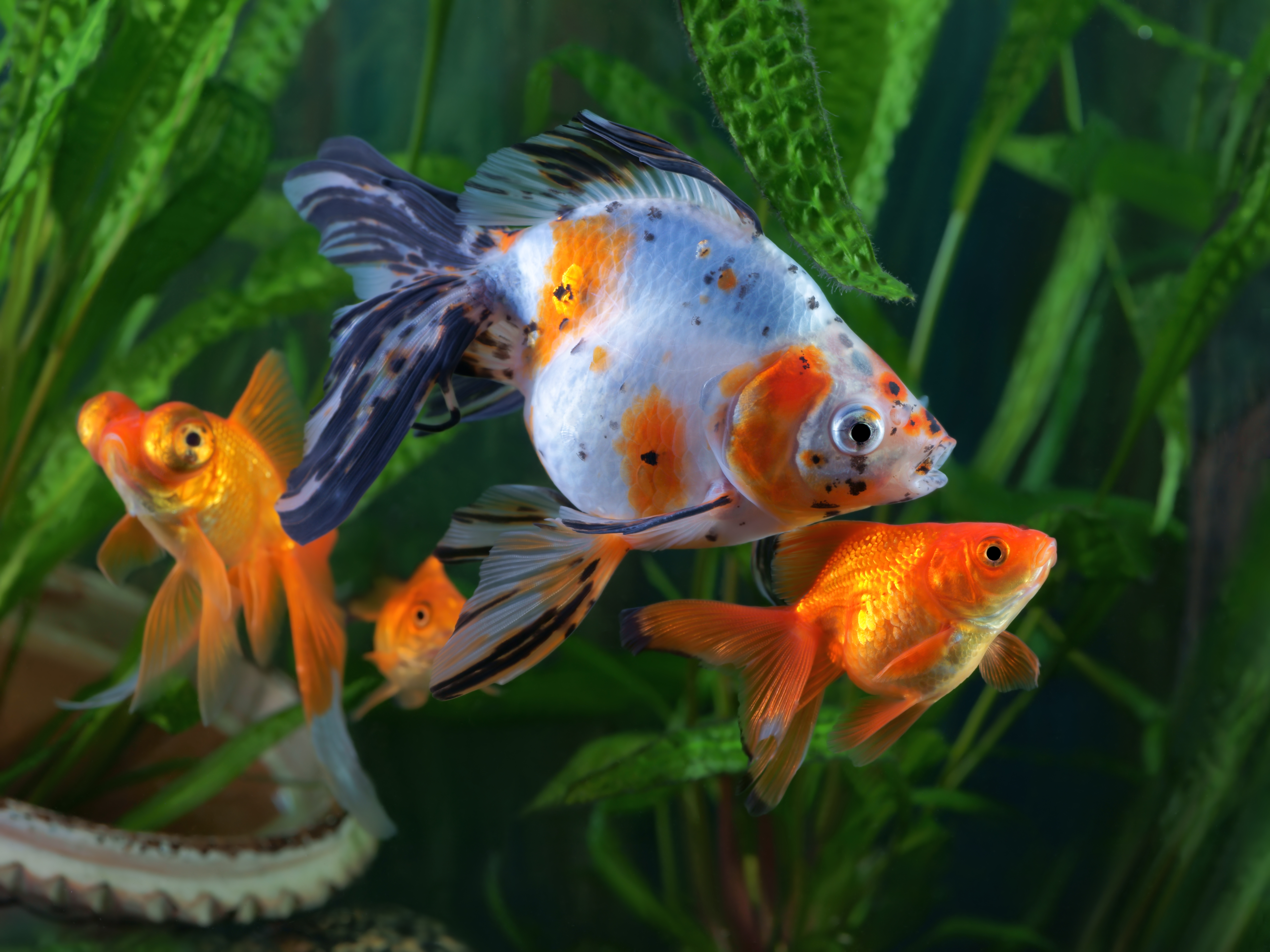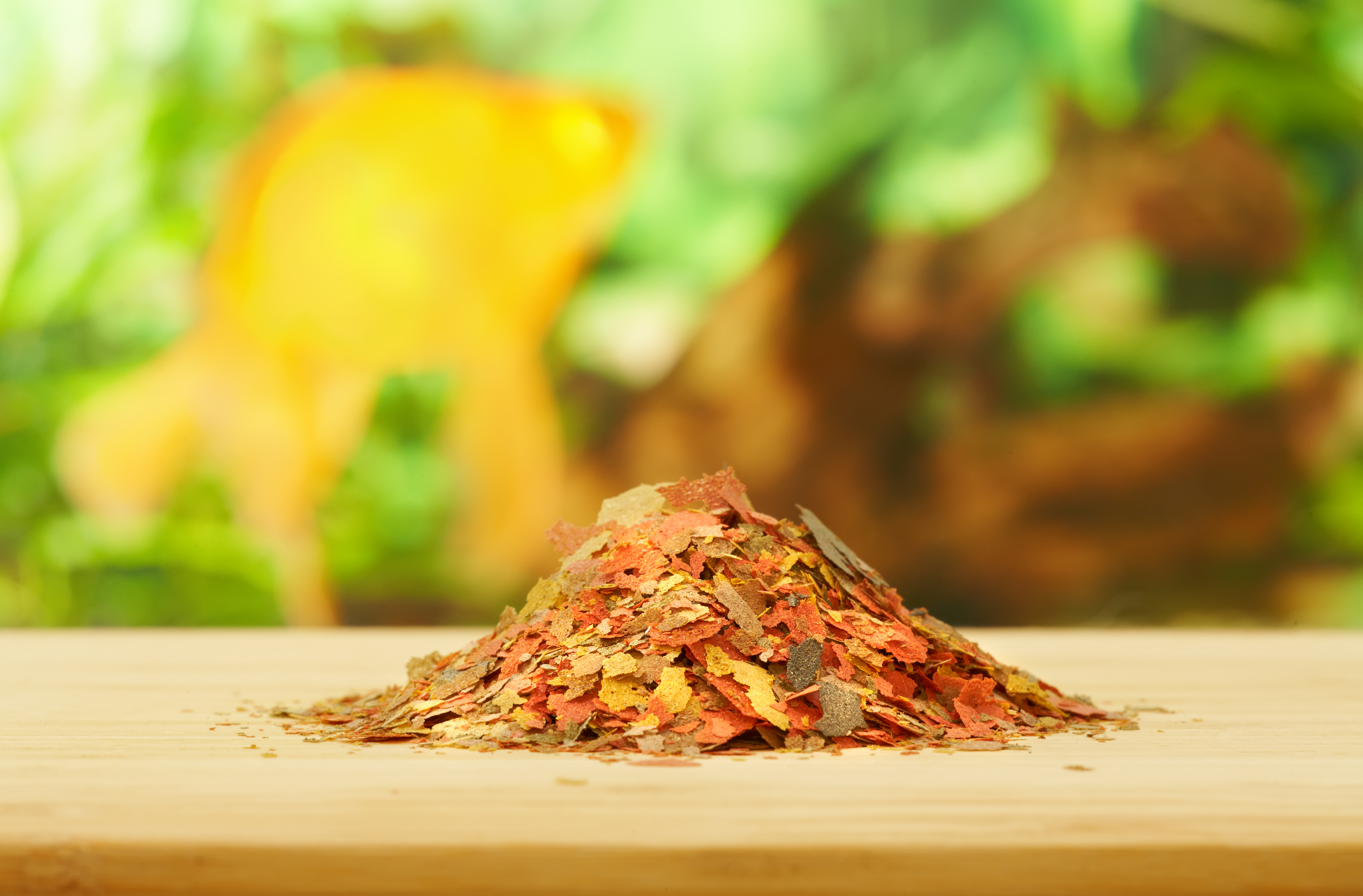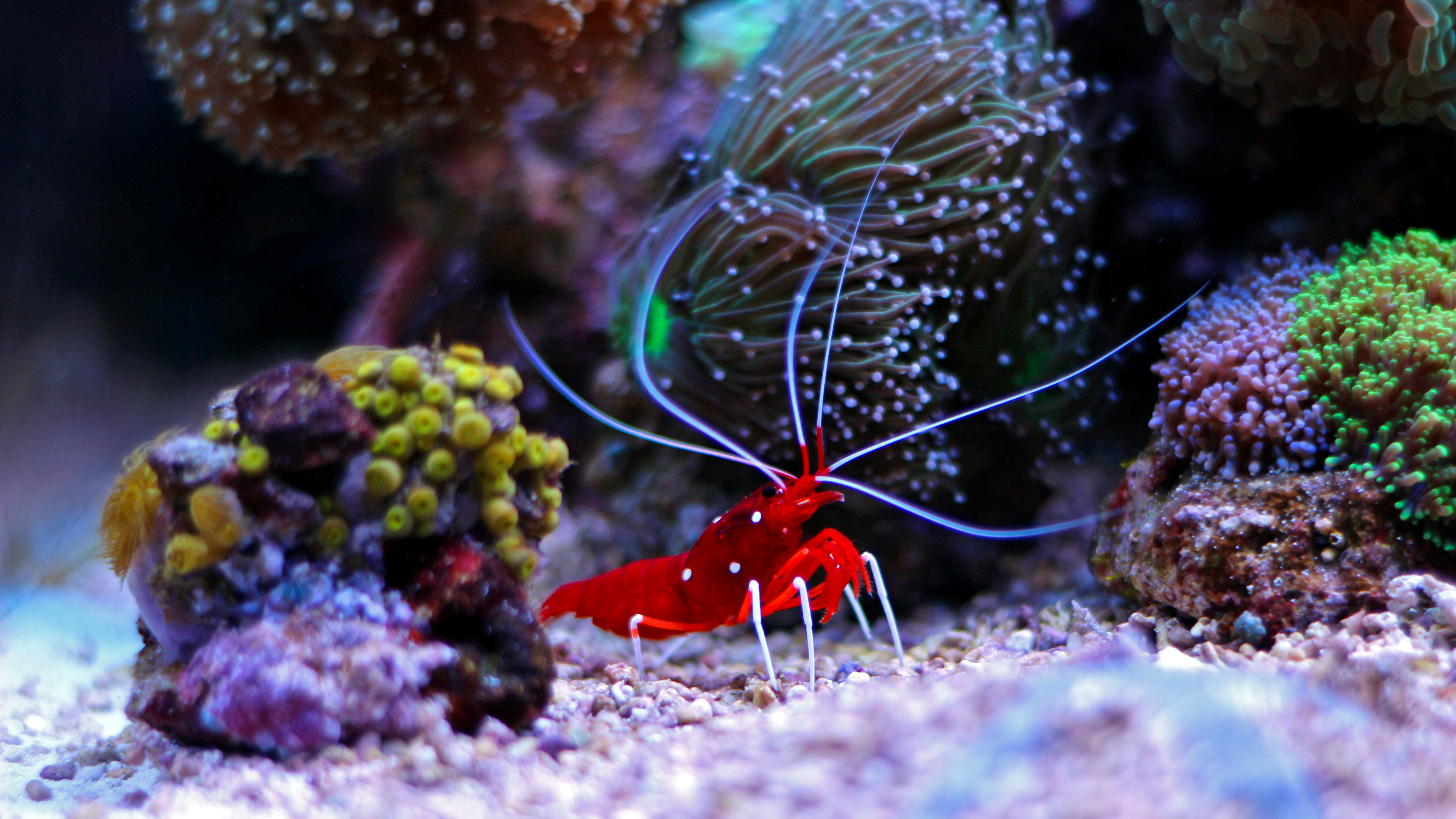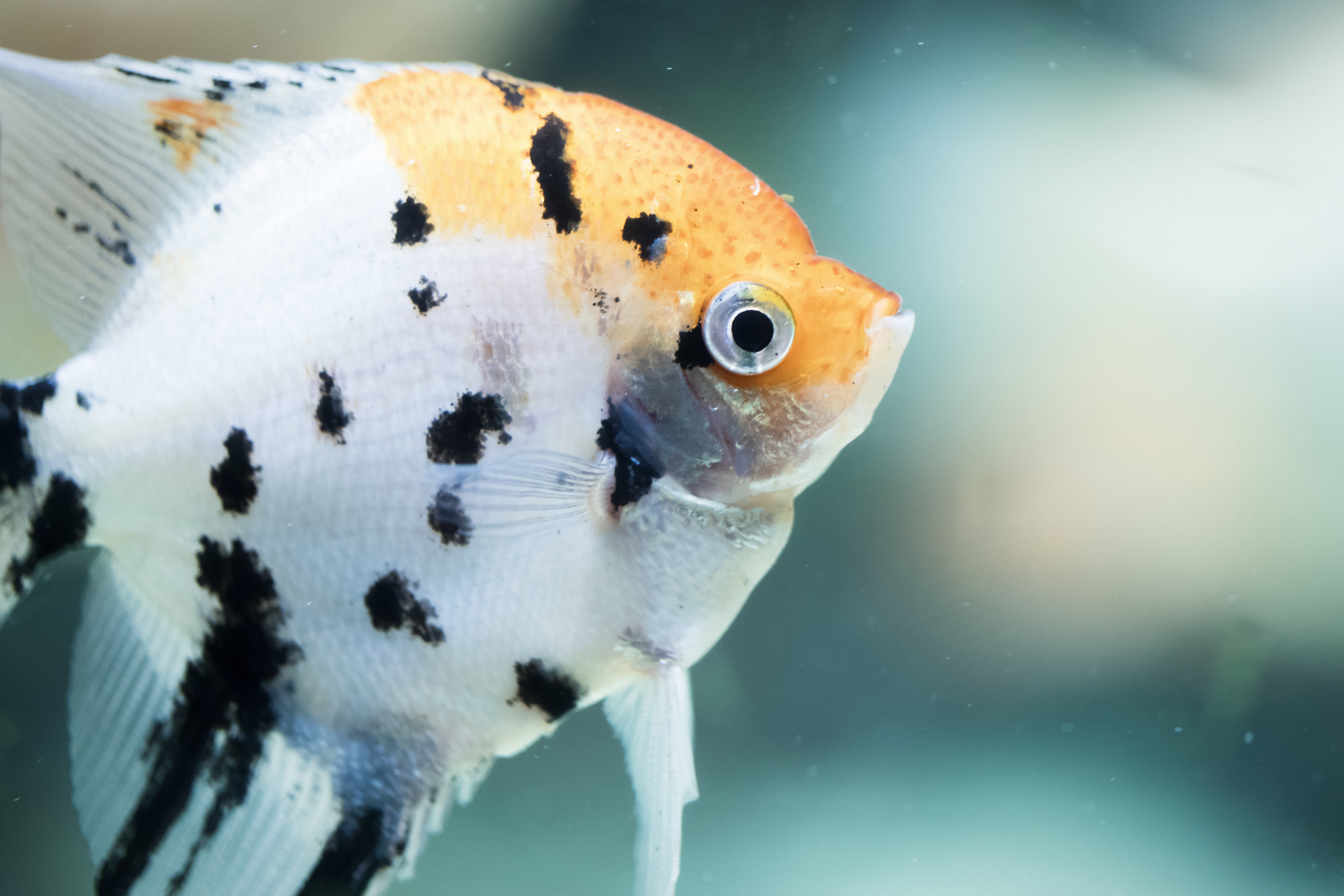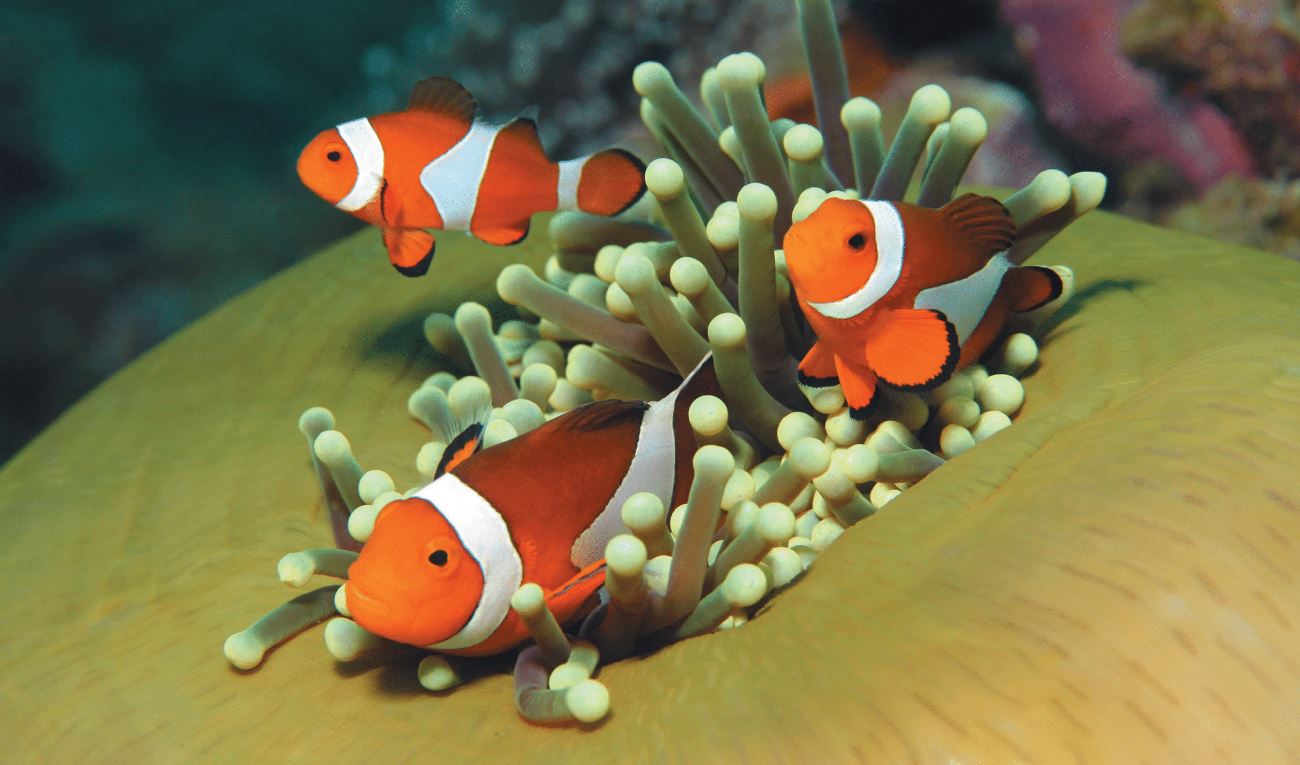Going Beyond Koi
Joe Olenik //December 1, 2014//
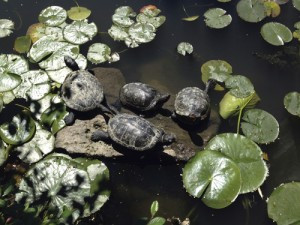 If you mention livestock for garden ponds, most people think of fish, specifically goldfish and koi.
If you mention livestock for garden ponds, most people think of fish, specifically goldfish and koi.
They’re brightly colored, hardy and frequently become tame enough to greet their owners and eat out of their hands. But not everyone sticks to the norm when it comes to their pond fish and in addition to that, ponds are attractive gathering places for all sorts of interesting wildlife that often become regular visitors and even long-term residents.
Fish
Virtually any fish you would keep in an aquarium can be kept and propagated in outdoor ponds or water features, depending on size, filtration and climate. Cichlids, particularly Malawian Mbuna, are extremely popular in outdoor ponds because of their bright colors, hardiness and ability to proliferate.
Livebearing fish and gouramis work well in smaller preformed ponds and barrel containers, for the same reasons. Owners of larger garden ponds are known to choose native fish like pumpkinseeds, bluegills, bass and bullheads. But let’s take a look at some other critters you’ll find in or near a garden pond.
Birds
Birds love water. Songbirds, waterfowl and even wild turkeys will come to drink, bathe, feed or rest. Seed and suet feeders placed near the pond will help increase the numbers and variety of birds, and these items should be included in your pond product inventory.
“Pond owners tend to enjoy all forms of nature and our wild bird section has been a real hit with them,” said Mike Hoffer, owner of Hoffer’s Tropic Life Pets in Milwakee. He created a wild bird feeder area in his store to compliment the extensive water gardening section.
Advise pond owners to place feeders far enough away to keep empty seed hulls from falling into the water. Encourage them to create shallow areas at the water’s edge or place emergent boulders or logs in the middle of the pond to give birds access to the water.
Birds are attracted to the sound of running or splashing water, so having a small waterfall or fountain will help bring them in as well. Providing shrubs and other cover nearby will make them feel secure and more likely to visit. Read labels of products you carry and avoid stocking algaecides and other pond chemicals that are potentially toxic to birds and other wildlife.
Insects, Frogs and More
Many types of insects visit water to drink and deposit eggs. Dragonflies are of particular interest as they come in so many sizes and brilliant colors and provide excellent control of mosquitoes and other pests. Contrary to popular belief, they do not sting, bite or otherwise pose a threat to humans. Having a bog or wetland area and lots of emergent and floating aquatic plants in a pond will enhance their reproduction.
Butterflies get essential minerals and nutrients from pond water and can be attracted to ponds by creating shallow areas with sandy or muddy edges for them.
Hoffer suggests planting flowering plants and shrubs around ponds to attract these beautiful creatures as well.
Water attracts frogs, toads, turtles and yes, even snakes. Besides being interesting, herps can be  beneficial. Frogs and toads help control nuisance insects and snakes are known to keep rodent populations down. Hobbyists often ask about placing pet turtles in their garden ponds. This should be discouraged as they are free to leave, posing huge environmental concerns, particularly if they are not native to the region.
beneficial. Frogs and toads help control nuisance insects and snakes are known to keep rodent populations down. Hobbyists often ask about placing pet turtles in their garden ponds. This should be discouraged as they are free to leave, posing huge environmental concerns, particularly if they are not native to the region.
Finally, deer will come to secluded ponds almost daily to drink. Many suburban areas have a resident deer population and rural settings are guaranteed to have them. Apple trees and corn feeders near a pond will help draw them in also.
Garden ponds and water features naturally attract wildlife and some water gardeners have a pond to do just that. To help invite these visitors, encourage customers to install beneficial plants, shrubs and trees in and around the pond, create microhabitats, and place sunning logs and boulders in the water. Teach them to practice natural techniques and avoid the use of harmful algaecides and other chemicals. Mother Nature will do the rest.






